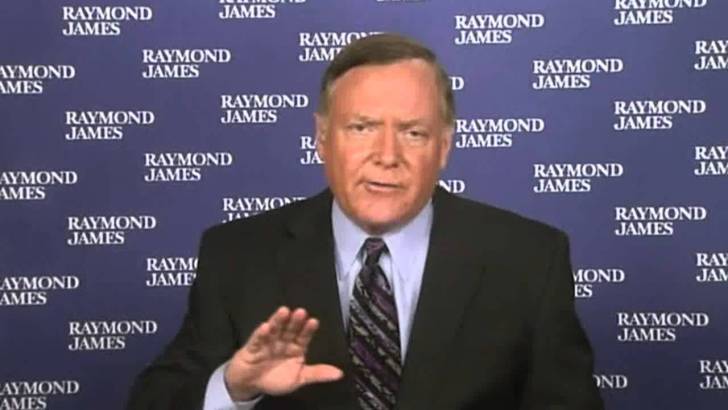Is the US Credit Cycle Nearing Its End?
by Gershon Distenfeld, Director, High Yield, AllianceBernstein
The US credit cycle is entering its ninth year. That doesn’t mean it will end tomorrow. But it will end—and possibly sooner than markets think. Fortunately, there are ways to de-risk and maintain exposure to high-income assets.
Judging by the run-up in prices for high-yield bonds, equities and other “risk” assets, markets are betting that the current cycle has longer to run. The markets may be right—up to a point. For instance, lower commodity prices, which are good news for businesses outside the energy sector, may have helped to extend the current cycle.
And if the new Trump administration pursues polices that lead to faster economic growth—a scenario markets have been pricing in for months—we could see the expansion phase last even longer.
None of this is certain, though. It seems to us that many corporate bond and equity investors are pricing in all the potential positives associated with a Trump administration (deregulation, tax reform) and none of the potential downside risks (trade protectionism, political dysfunction). As a result, prices for many of the assets seem to have run ahead of reality.
In Markets, Most Things Are Cyclical
That’s not the only risk. Trump or no Trump, the US credit cycle is now at nine years and counting. That makes it one of the longest on record and due for a pullback.
There’s nothing unusual or surprising about this. Credit cycles are a normal feature of markets, and they have distinct stages. During the expansionary period, easy access to credit helps boost earnings and prompts companies to take on debt. As those debt levels rise, so does credit risk. Asset values start to decline, causing lenders to get stingier. A rise in interest rates then usually leads to a period of contraction and balance-sheet repair and, eventually, a recovery phase.
In the US, we appear to be in the late stages of the expansionary period, nearing the precipice of the contraction stage. The ingredients are falling into place, including a higher-interest-rate outlook and tight yield spreads in the high-yield market, which soared more than 16% last year.
Don’t Pull Out of High Yield. Broaden Your Horizons
What does this situation mean for investors who need their portfolios to deliver a high level of income? Should they pull out of credit markets altogether?
We don’t think so. After all, we do expect the US economy to strengthen gradually in 2017, and we see global growth starting to gain traction after eight long years of malaise.
A better idea might be to reduce risk by shortening maturities and to avoid CCC-rated “junk” bonds, which will be the most vulnerable bonds during a period of credit contraction.
Another way to de-risk while maintaining exposure to assets with high income potential is to increase exposure to markets at different stages in the cycle. This type of multi-sector approach can add diversification to a portfolio by drawing on multiple sources of income from around the world.
One example: emerging-market debt, which offers high inflation-adjusted “real” yields and benefits from improving economic fundamentals in many developing countries.
Investors may also want to take a closer look at European high-yield bonds. Valuations are attractive, and European companies—unlike US companies—are in an earlier stage of the credit cycle, which should keep a lid on defaults. These bonds also benefit from a highly supportive policy backdrop in the form of the European Central Bank’s asset-purchase program.
Honing in on Housing
Another potential income generator and diversifier: US securitized assets, particularly credit risk transfer securities (CRTs) from US government housing agencies Fannie Mae and Freddie Mac.
CRT yields are roughly in line with those of high-yield bonds. But when it comes to credit fundamentals, they couldn’t be more different. CRTs are supported by a recovering US real estate market and strong borrower credit metrics; average borrower credit scores and debt-to-income ratios are at or near their best levels in almost a decade.
We still see plenty of opportunities in higher-yielding assets in 2017. With a diversified, multi-sector approach, we think investors can maintain portfolios that deliver a high level of income. But credit cycles matter. It’s time for us all to start paying attention to them.
The views expressed herein do not constitute research, investment advice or trade recommendations and do not necessarily represent the views of all AB portfolio-management teams.
Copyright © AllianceBernstein












